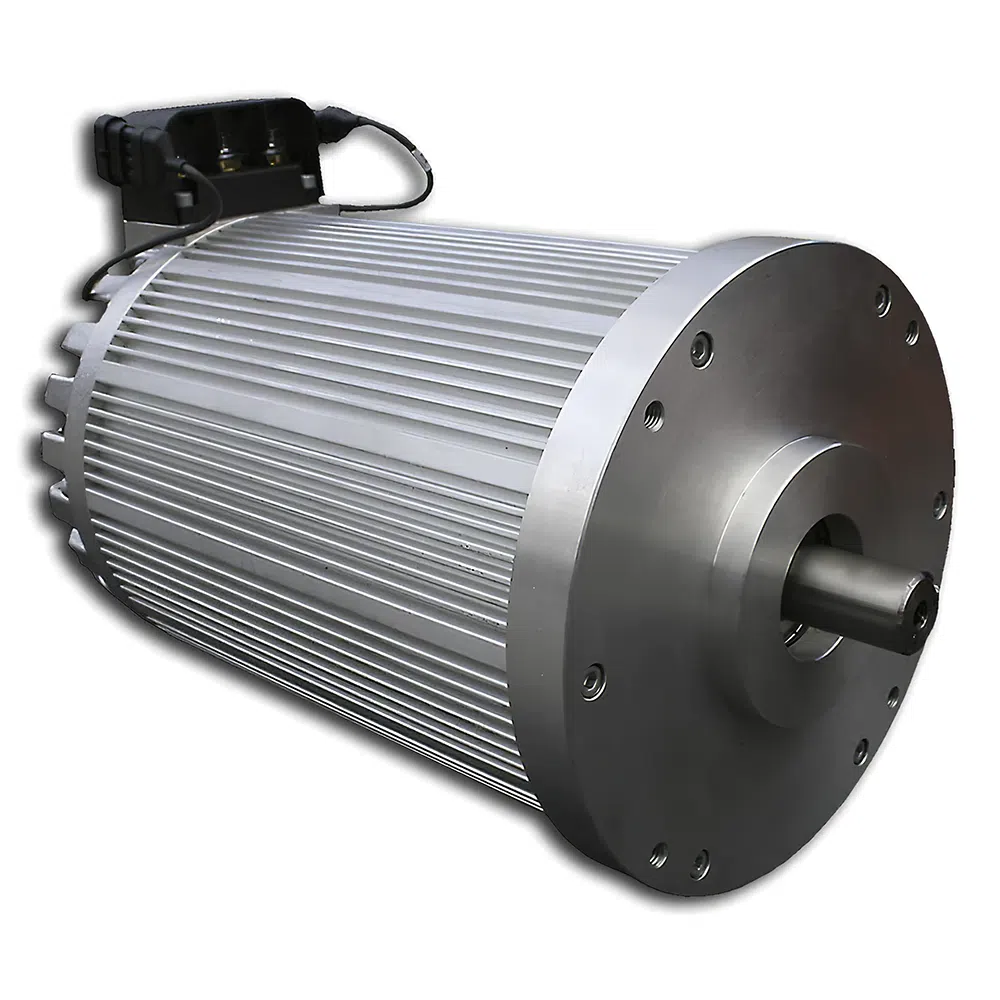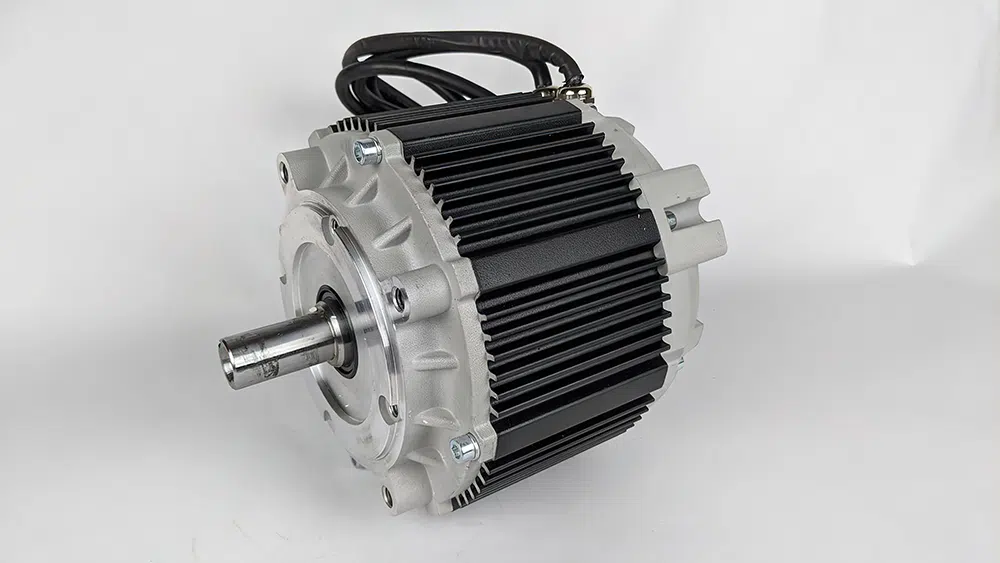 EVBG STAFF
.
May 14, 2023
.
EV Education
EVBG STAFF
.
May 14, 2023
.
EV Education

Choosing the right kit for an EV build can be overwhelming. To get an EV motor safely spinning, you will end up needing more than 50 components, all of which need to be specced to work safely together. So where do you start? We believe it’s with the motor.
The motor (or inverter more accurately) is going to determine the necessary voltage and current that the battery pack must provide to safely and efficiently spin the electric motor. The motor will also determine the amount of performance (both horsepower and torque) that you will be able to get out of your EV. The motor is even a leading factor for determining range of the vehicle because the voltage of the motor will impact how big or small the battery pack can be.

To confidently choose the right motor, you need to first understand the key factors for comparing and contrasting the different motor makes and models. Then, use those key factors to research what motors are available and make your decision.
Here, we go over the key factors for determining which motor is right for your build.
The price of the motor is likely one of the most important factors that builders consider. Motors range from around $4,000 to $40,000 depending on how much horsepower and torque they provide as well as how many peripheral components they include. It is important to consider what is included in the cost of the motor. Motors are often sold as motor/inverter combo units but can also include contactors, plug and pin kits, and more.
The power and torque is often thought of in the same breath as motor cost, because why go electric if you can’t leave a trail of rubber behind you at every stop light? Other than the environmental benefits of course…

Motors range in power from 50 kW to 450 kW and 100 lb/ft to over 1,000 lb/ft of torque. Choosing the right amount of power that fits within your budget and performance needs is extremely important in the motor selection process.
Not all motors come mated with a gearbox (or transmission), and not all motors are compatible with a wide variety of transmissions. Most electric motors will be mated to either a gear reducer, a manual transmission, or a transverse differential with CV axles. Understanding if the motor you want will seamlessly mate your desired drive configuration (FWD, RWD, AWD, or 4×4) is extremely important.
The motor is even a leading factor for determining range of the vehicle because the voltage of the motor will impact how big or small the battery pack can be.


In most cases, with the right amount of ingenuity and effort almost any motor can be made to work in the strangest of applications, but choosing the path of least resistance is most often the best.
The voltage of the motor, or inverter rather, will determine the necessary configuration of the battery pack; and thus, is also a critical factor in selecting a motor. For example, the NetGain HyPer 9 motor has a max voltage of 130v. This means the battery pack should be designed to get as close to 130v without exceeding that voltage when the pack is fully charged. If you are planning on using Tesla modules, that means you can only use five modules before going over in voltage, giving your vehicle a 26 kWh pack. Whereas, if you used a Cascadia Motion iM225, the motor has a max voltage of 480v. This means the battery pack would utilize 18 modules, giving the pack an 93.6 kWh capacity. The pack in the vehicle using the Cascadia motor has 3.6 times the capacity of the HyPer 9, giving it significantly more range.


Now, not all EV conversions use Tesla modules, so there are HyPer 9 conversions with large 100-plus kWh packs. These solutions often just require more ingenuity or creating a pack with paralleled modules, which is not always the safest practice (but more on that in a future article – or check out the discussion forum and chat with experts at LEV on the topic).
All motors require some sort of controller or logic to receive the input and output signals from various peripheral devices, such as, throttle pots, brake pressure transducers, speedometers, and tachometers. Controllers are typically designed to work with a specific motor or inverter. If the controller has not been validated with the specific motor inverter combo, it can become difficult to get the motor spinning in a safe manner.
The motor will also determine the amount of performance (both horsepower and torque) that you will be able to get out of your EV.

Some motors also have very long lead times due to manufacturing and supply chain constraints. Some suppliers may carry stock of various motors, but the time between ordering and delivery should always be a consideration when planning a build.
A number of motors are available on the market today, the comparison table is just a select few that are commonly seen in the EV aftermarket. This table is used to compare and contrast the motor systems.
If you want help choosing the right motor for your build, check out the free forum at Discourse.legacyev.com or contact one of Legacy EV’s applications engineers!
Share Link